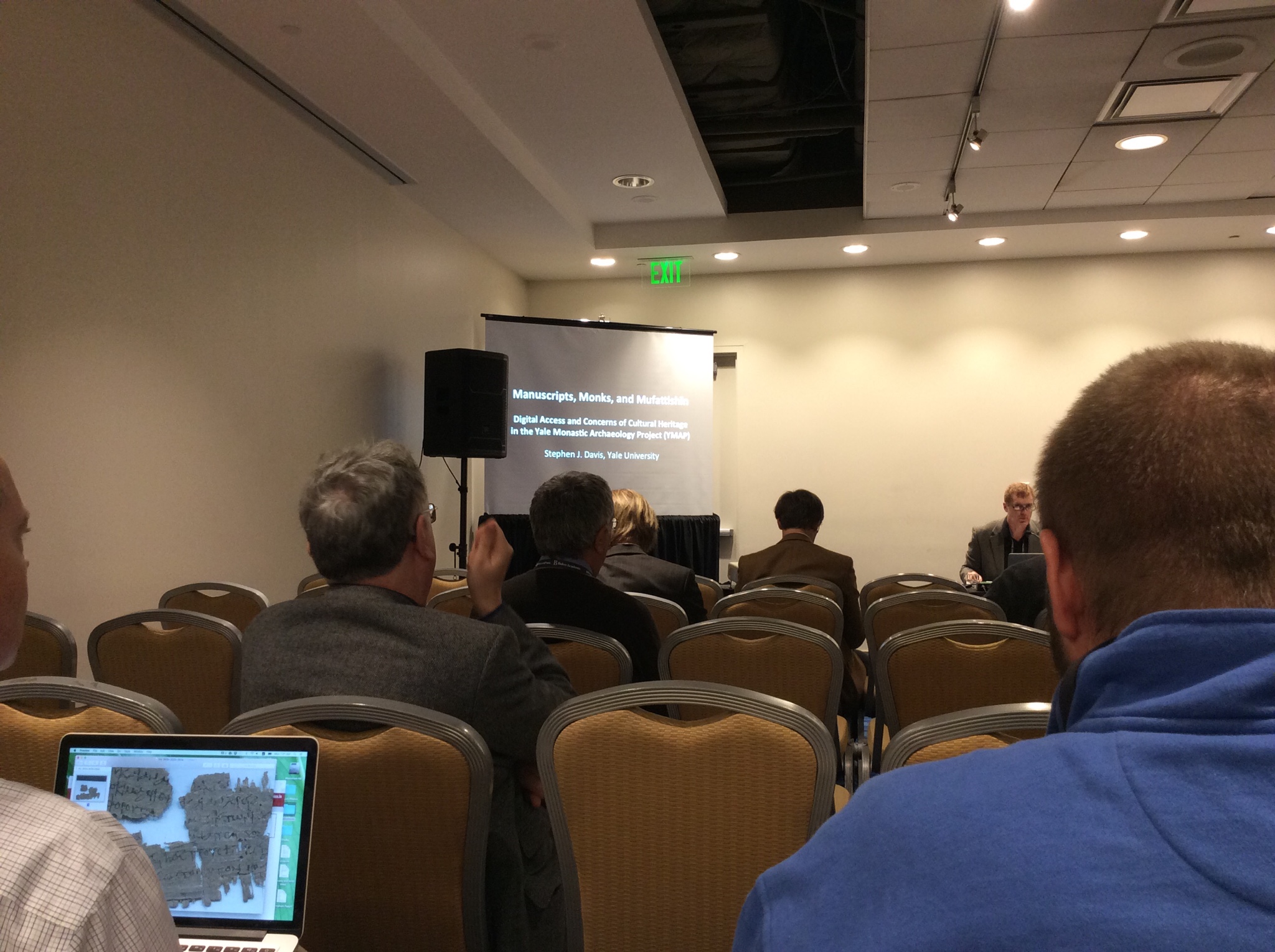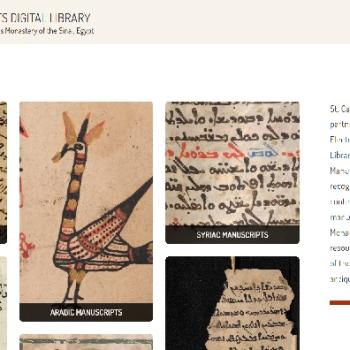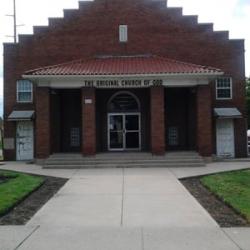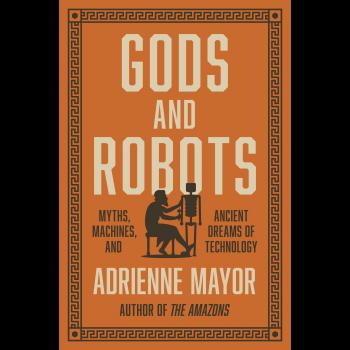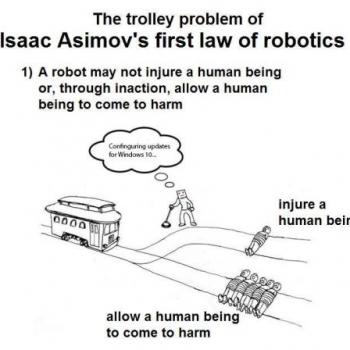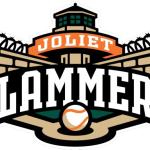One important element in the decision to bring the Blogger and Online Publication program unit to an end was the fact that the Digital Humanities program unit was open to folding our area within theirs. Indeed, they invited me to join their steering committee, and we had a meeting over breakfast this morning, discussing lots of exciting ideas about what the program unit will do not just next year but even further into the future.
Having joined the steering committee, I thought it appropriate to go to the DH session at 9am, even though I knew I would have to leave after an hour because of a lunch appointment. The first paper was by Stephen Davis of Yale, talking about their monastic archaeology project, which engaged in photography and scanning of many manuscripts, among other things. Davis talked about many of the practical challenges they faced in seeking to make digital images of fragments online, helping to preserve the monastery's cultural heritage. Most scholars and students are delighted when images are made available online, but often we do not even think about the steps that go into accessing manuscripts, obtaining permissions, creating and editing images, and displaying them online. In the past, people have betrayed the trust of monks, photographing and even publishing photos after saying that they would not do so. This makes it hard for scholars who follow thereafter. But once trust is earned, monasteries often consider it a priority to digitize manuscripts and make them freely available. We need to keep in mind that often in these locations there is a legacy of Western colonialism that is part of monks' memory. The paper concluded with a mention of the fact that the Monastery of the Syrians has been affected by flooding just recently, and while the manuscripts Davis was working on were not directly damaged, the humidity and loss of electricity and thus air conditioning may affect them. Amd so this is a reminder of the fact that we do not know when it may be too late to preserve manuscripts from being permanently lost.
The second paper was by Roger Macfarlane of BYU, focusing on the use of technology to turn damaged papyri into something that can be accessed and used. He began by talking about the BYU digitization projects that are well known. One example is the Herculaneum Papyrus Project, which has rendered readable papyrus fragments that have ink so faded that it is not visible to the human eye. They obtained NEH funding from 2009-2012 for the BYU Multi-spectral Imaging Project. While BYU has few papyri of its own, one important exception is a commentary on the Psalms by Didymus the Blind, a palimpsest. Macfarlane showed on the screen the way multi-spectral imaging can highlight either the later overtext, or the earlier underlying one that had been erased. BYU also owns some parchment palimpsests. Macfarlane then talked about some prospective projects, including studying some carbonized scrolls and fragmentary scraps in the Egyptian Museum of Antiquities in Cairo, which probably came originally from Thmouis. Vito Mocella published an important article in Nature Communications about the use of X-ray phase-contrast imaging. This allows a rolled scroll to be studied without damaging it, as well as the study of layered fragments. Last summer, the IAA provided a micro-CT scan of a scroll from Ein Gedi to a team at the University of Kentucky, who then used software to virtually unwrap it.


